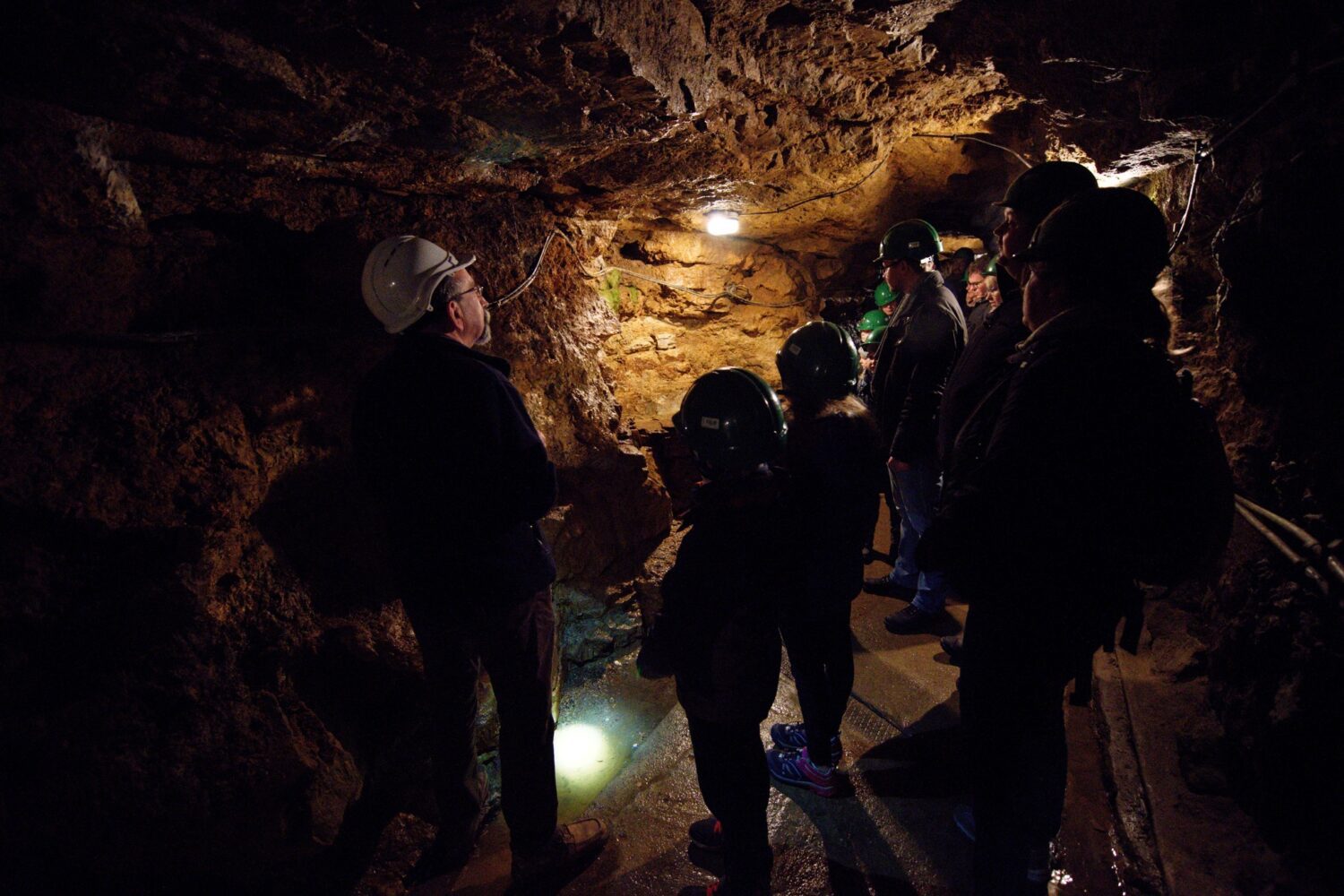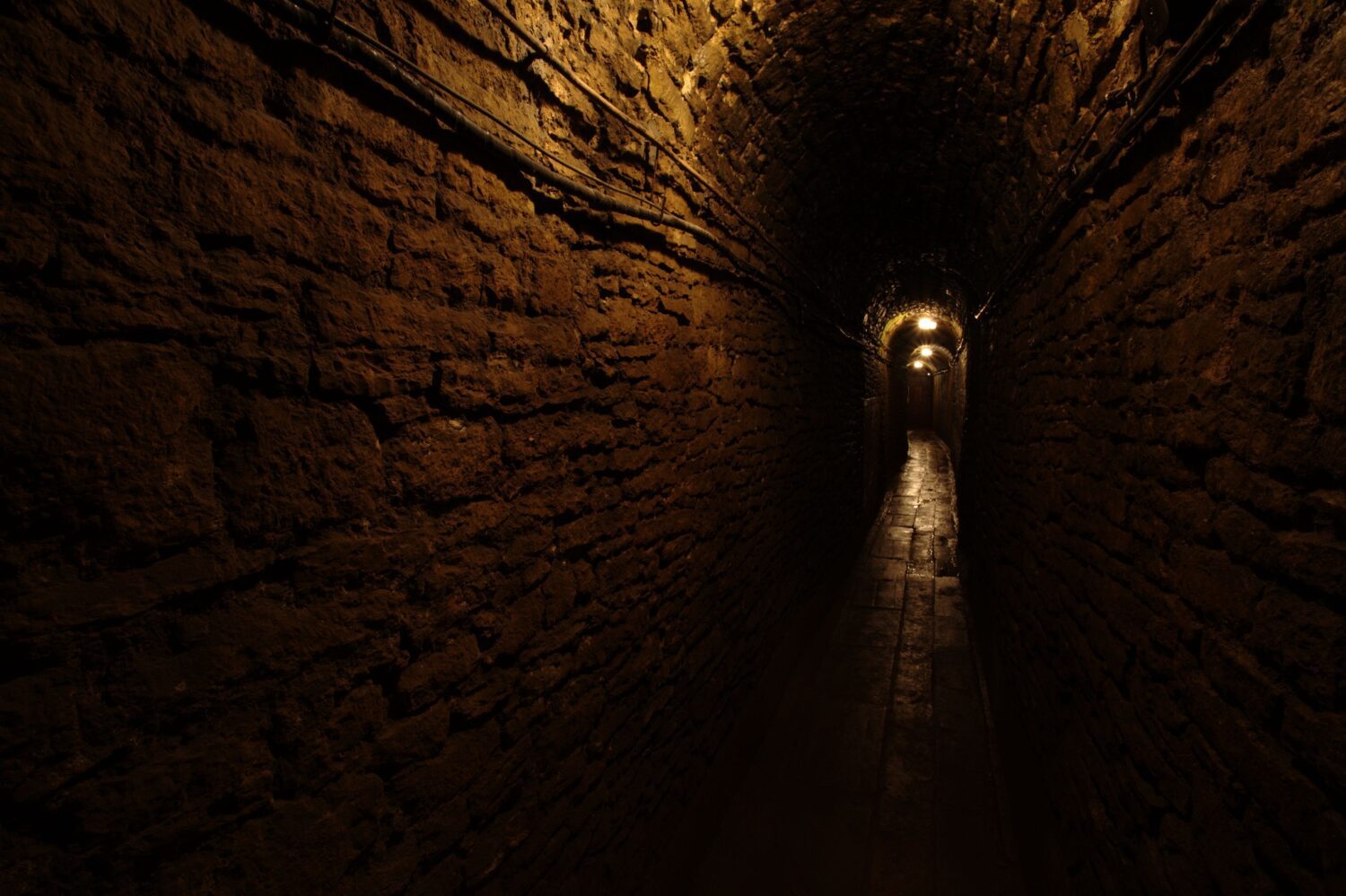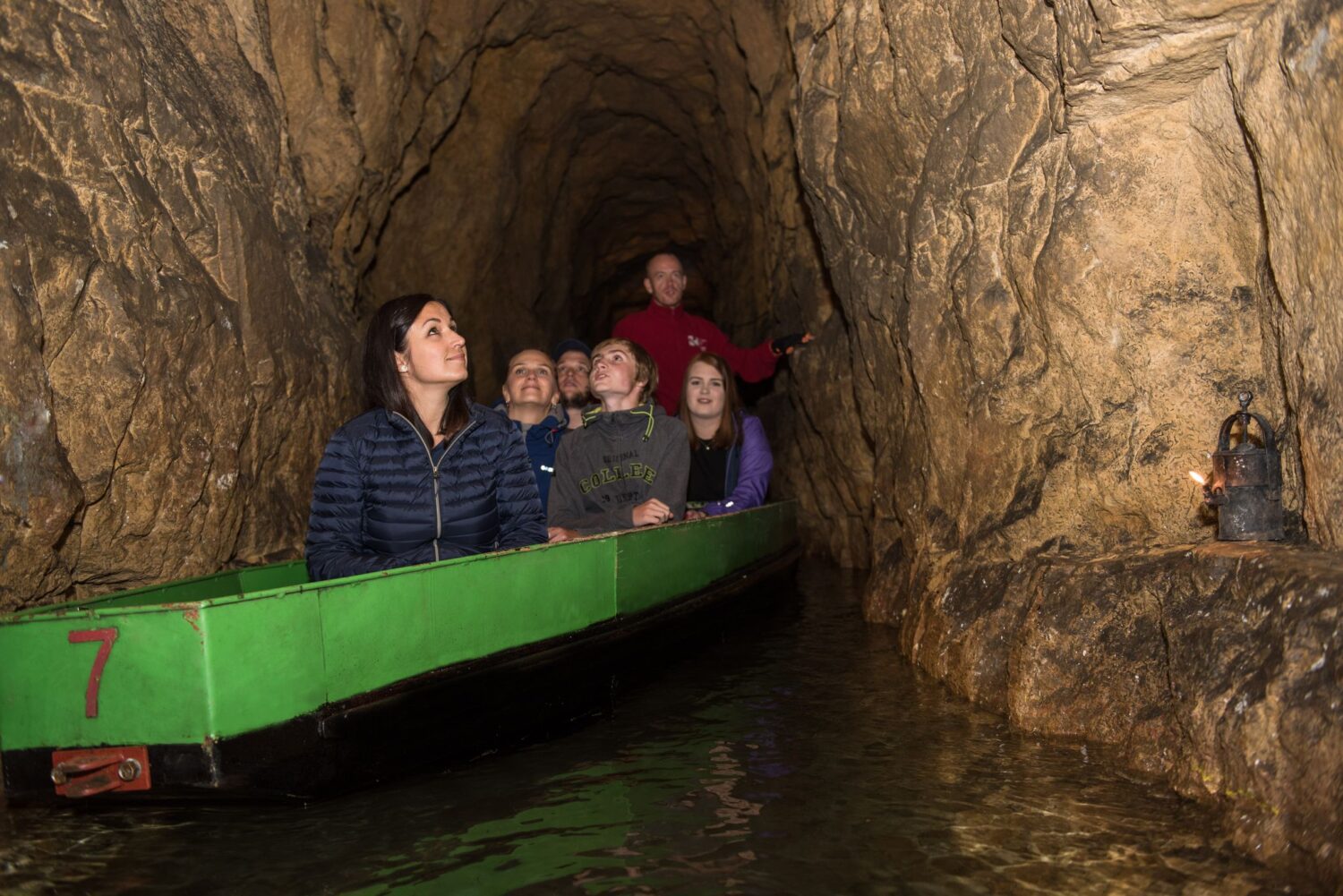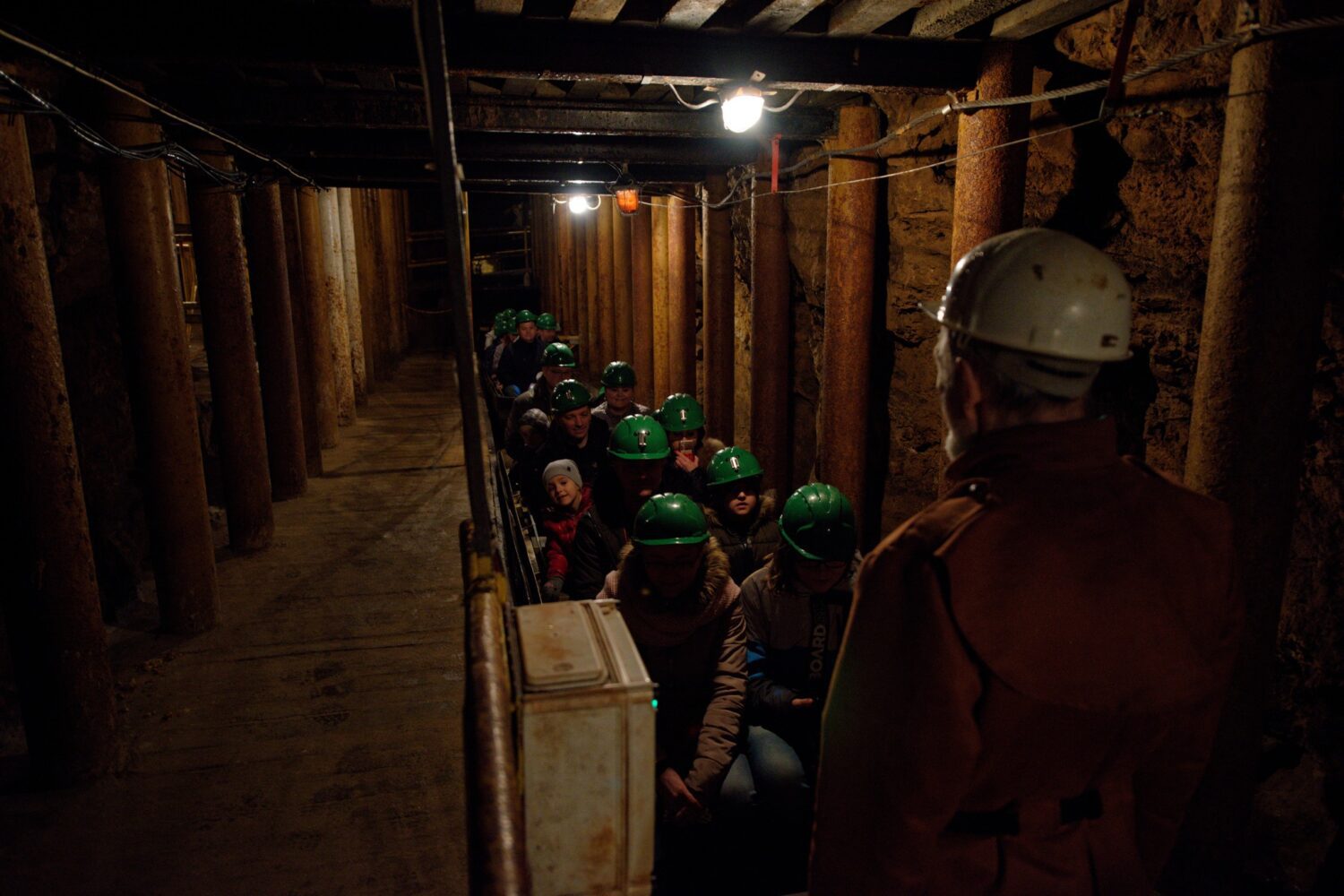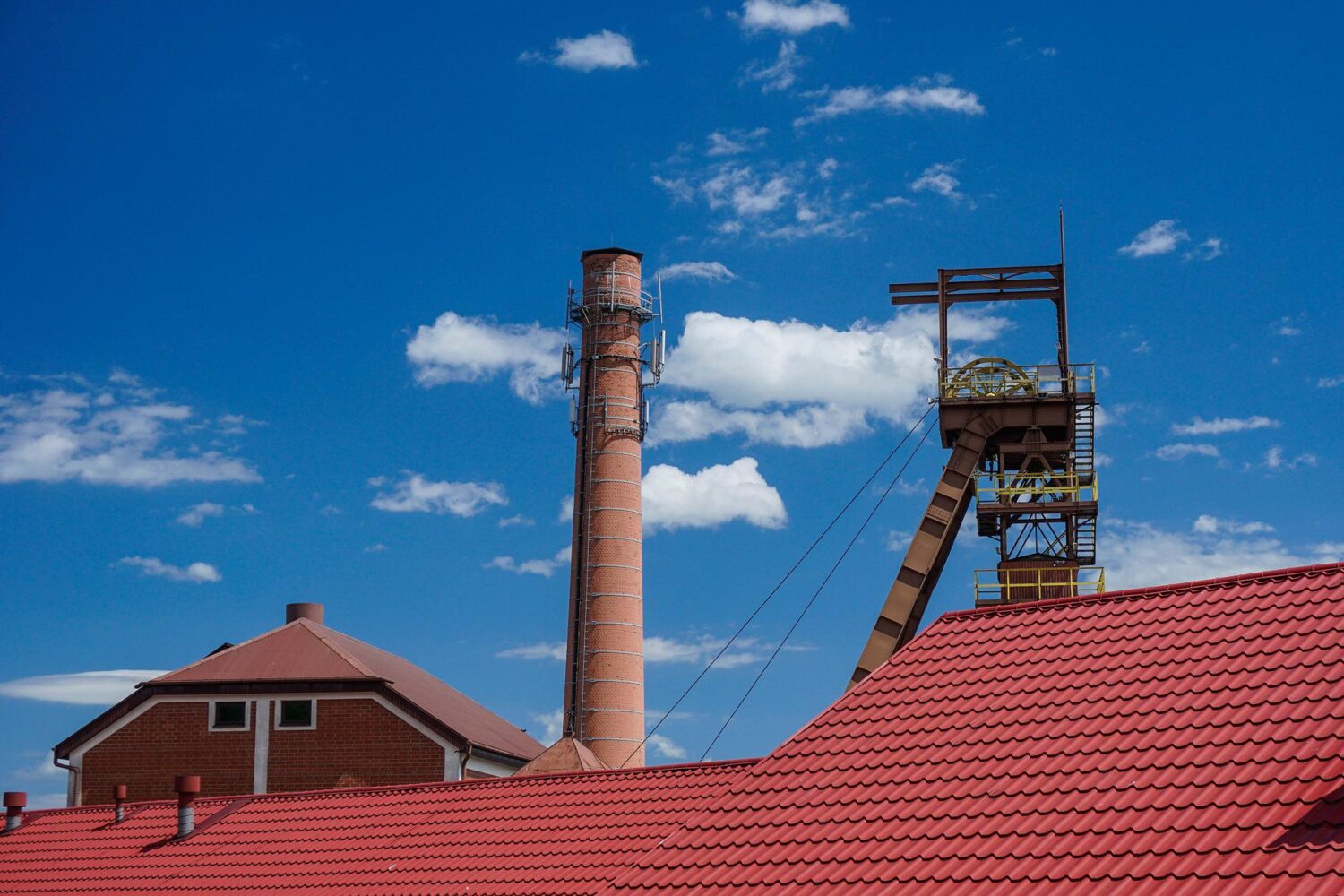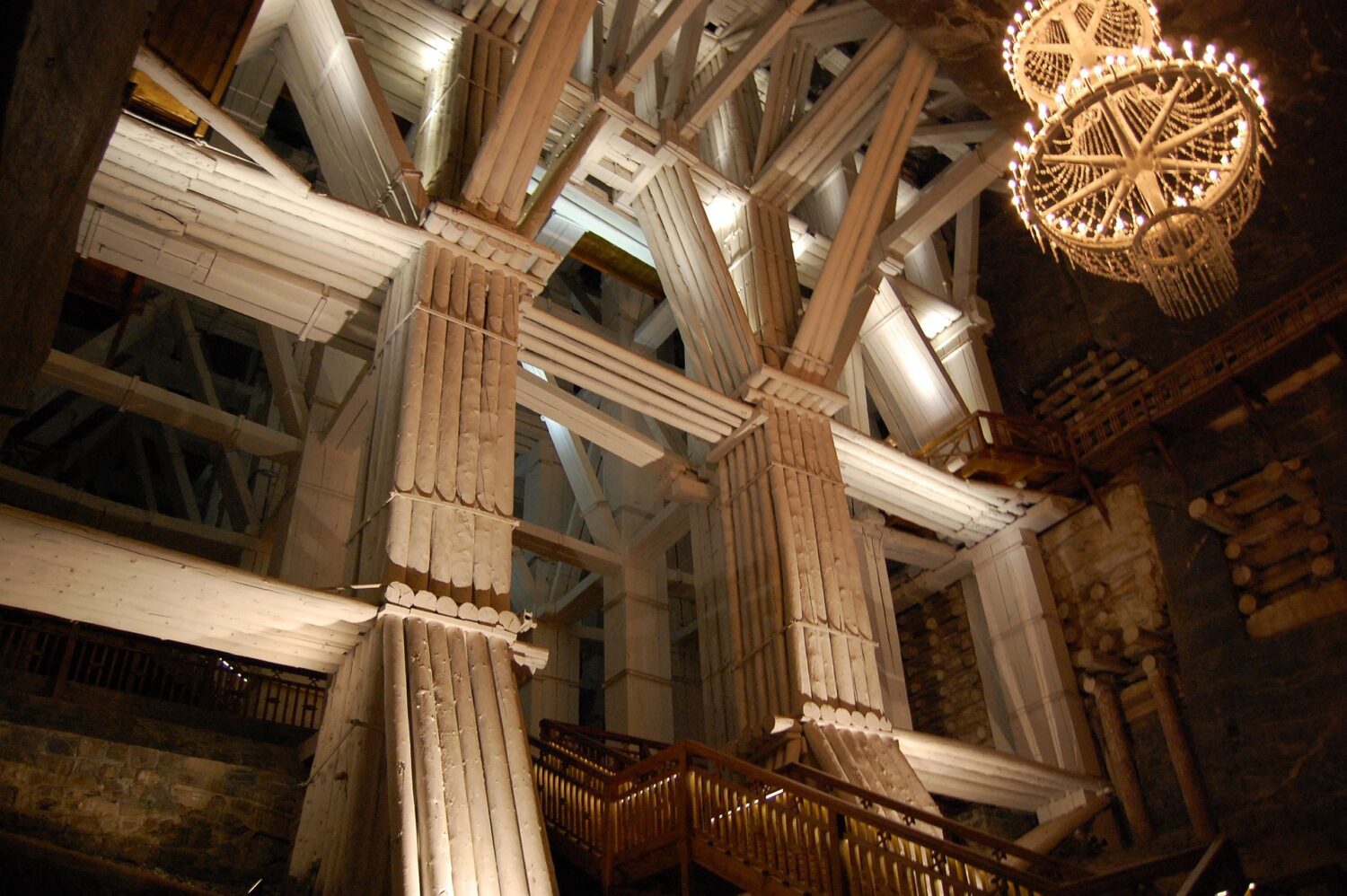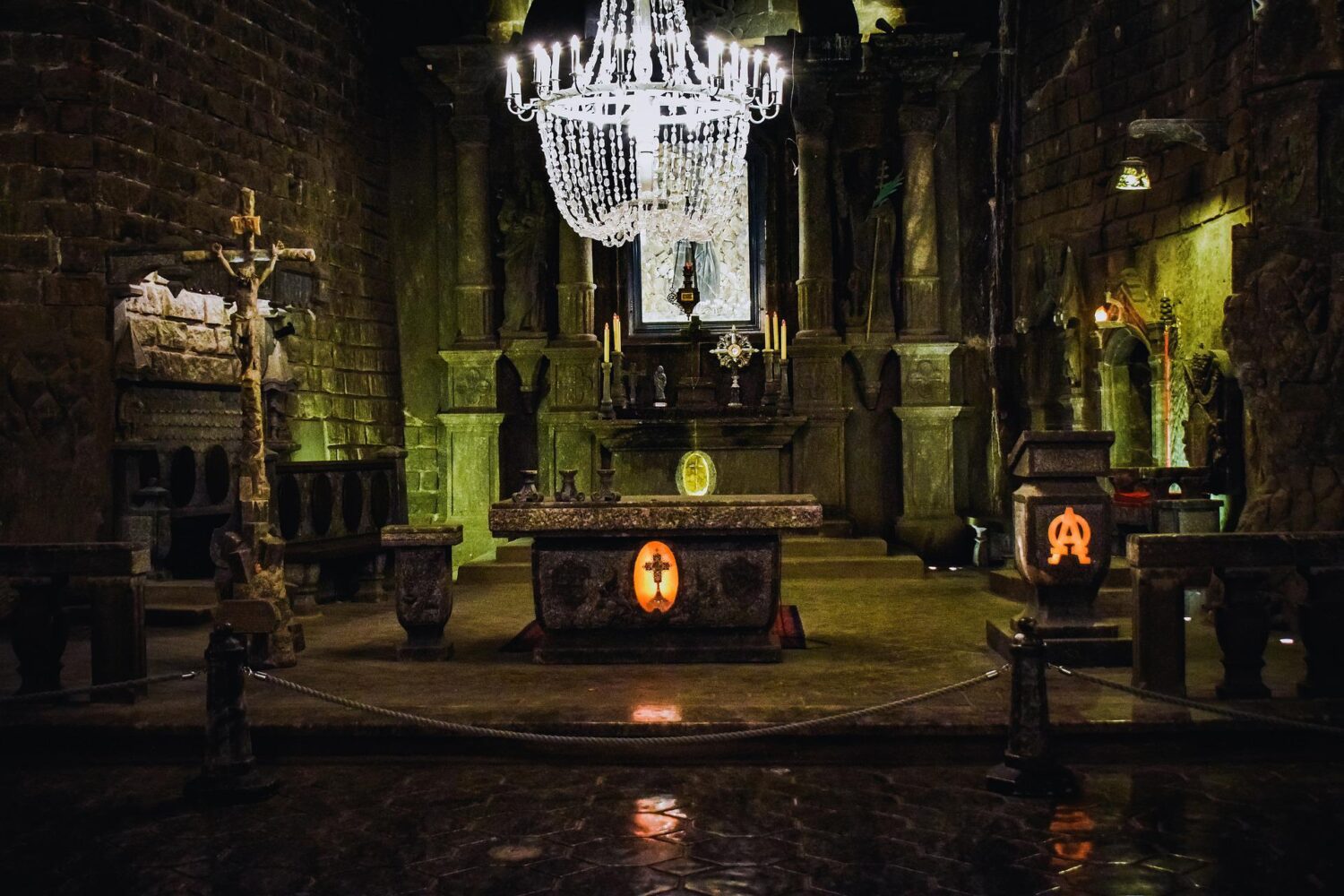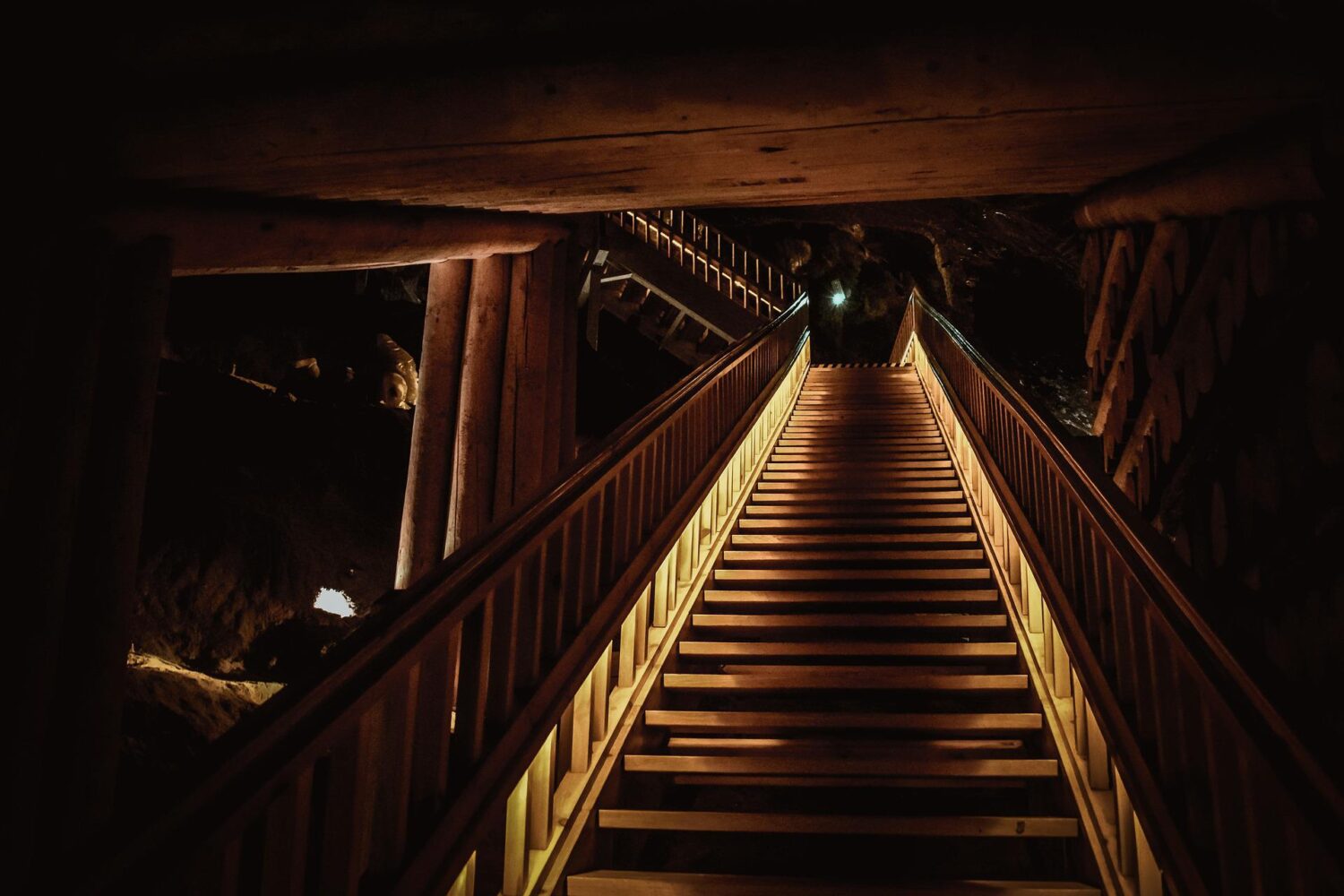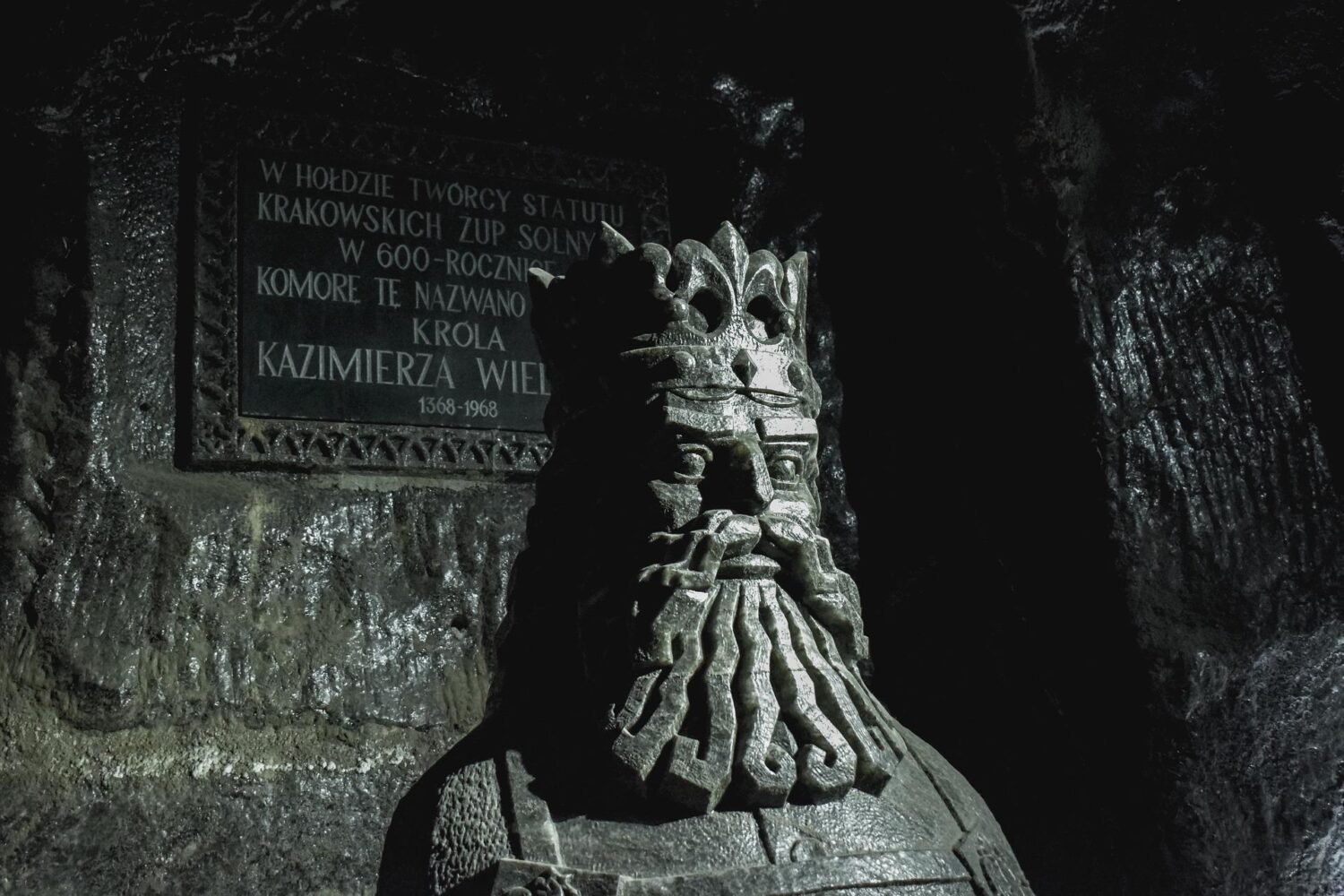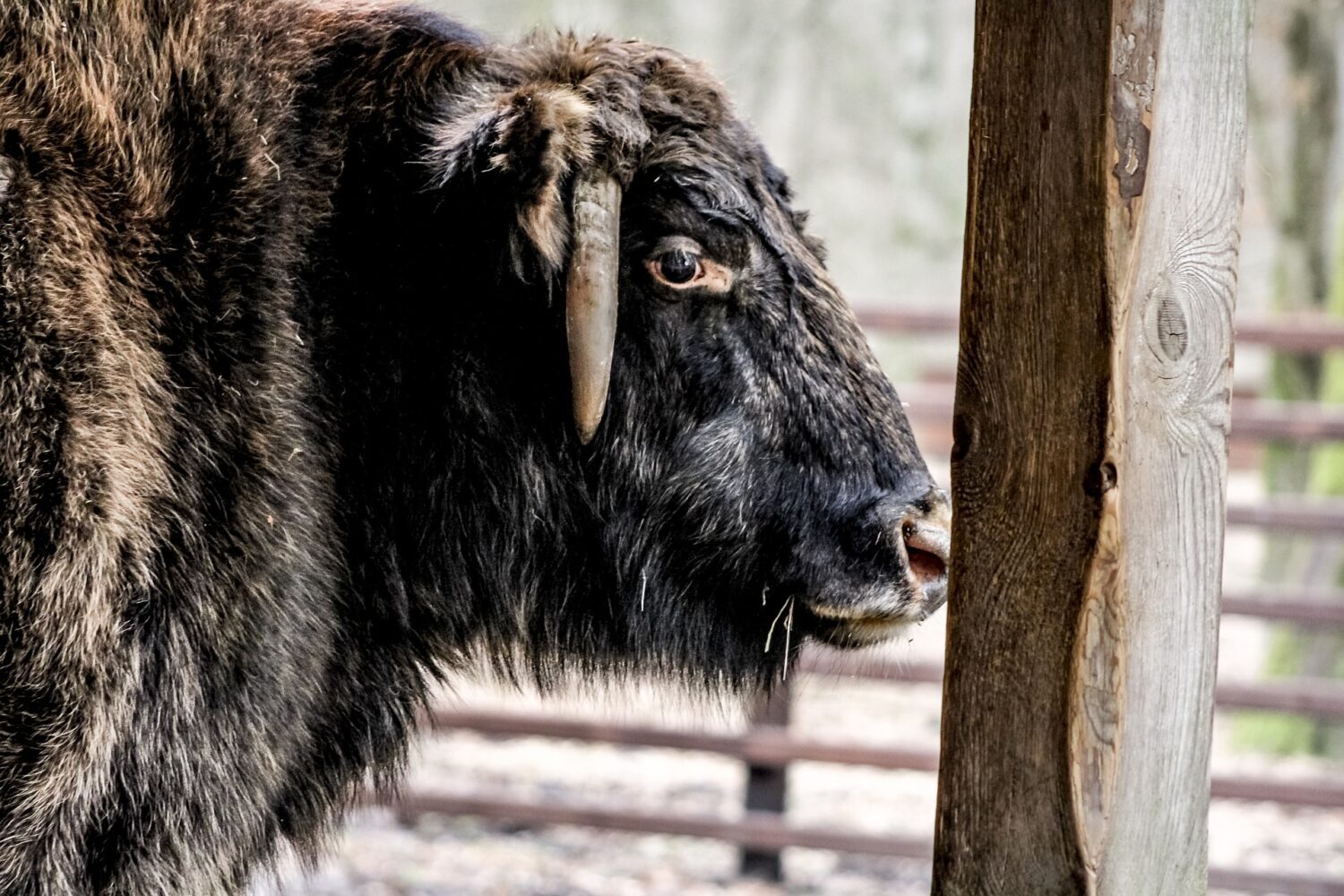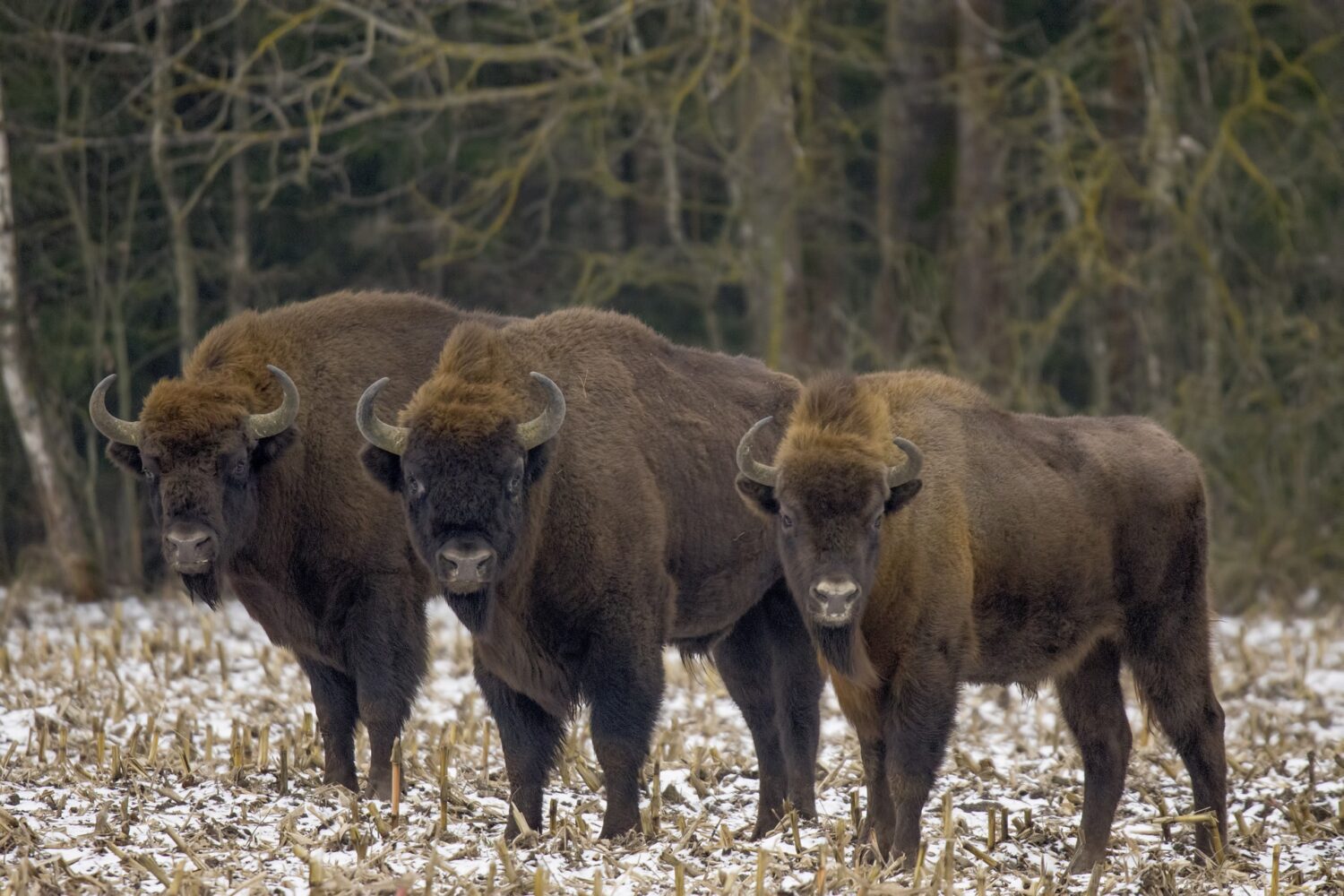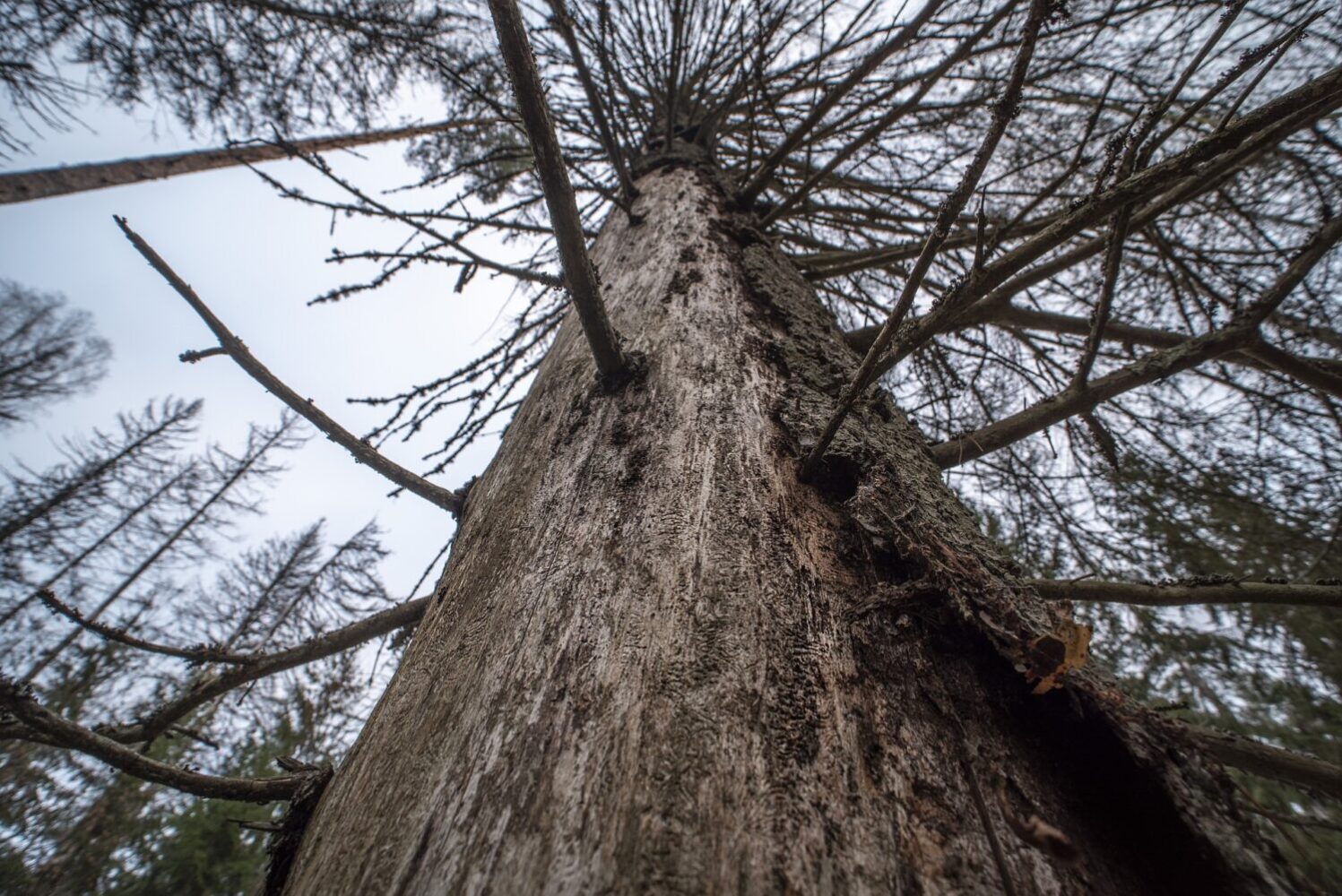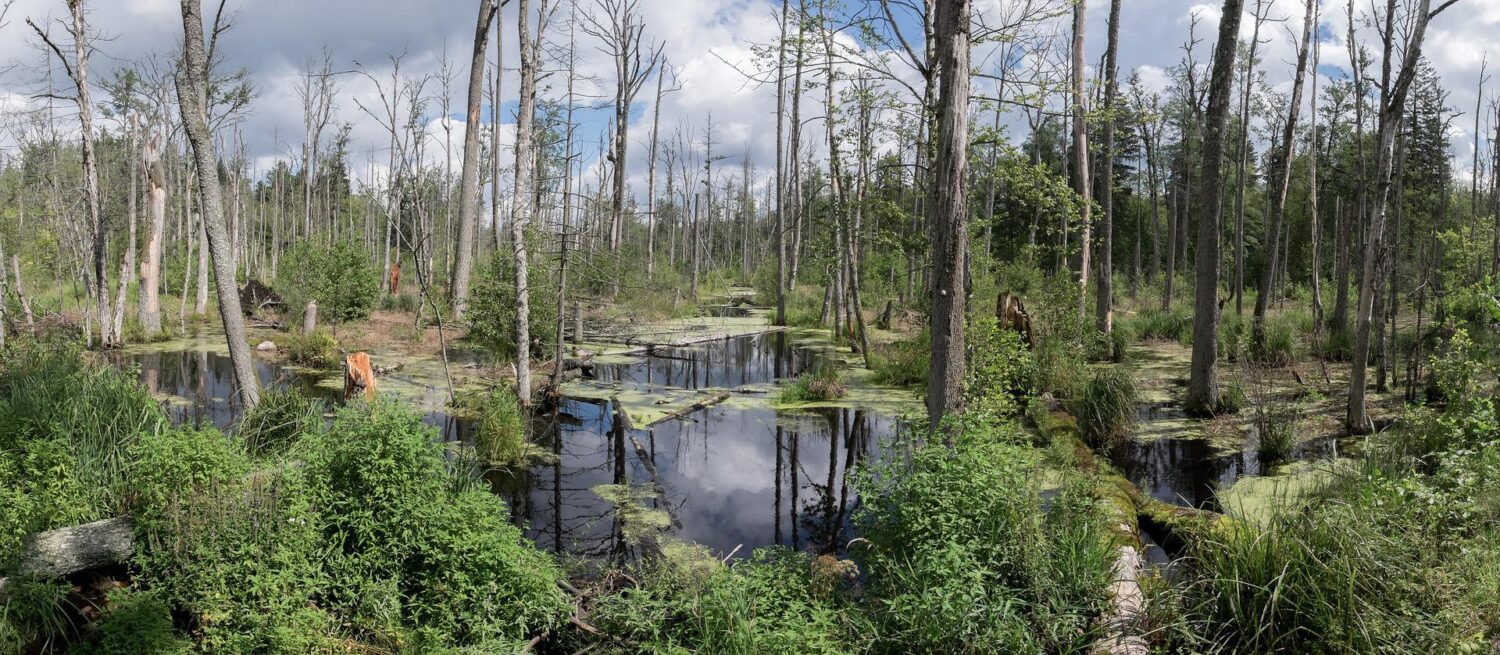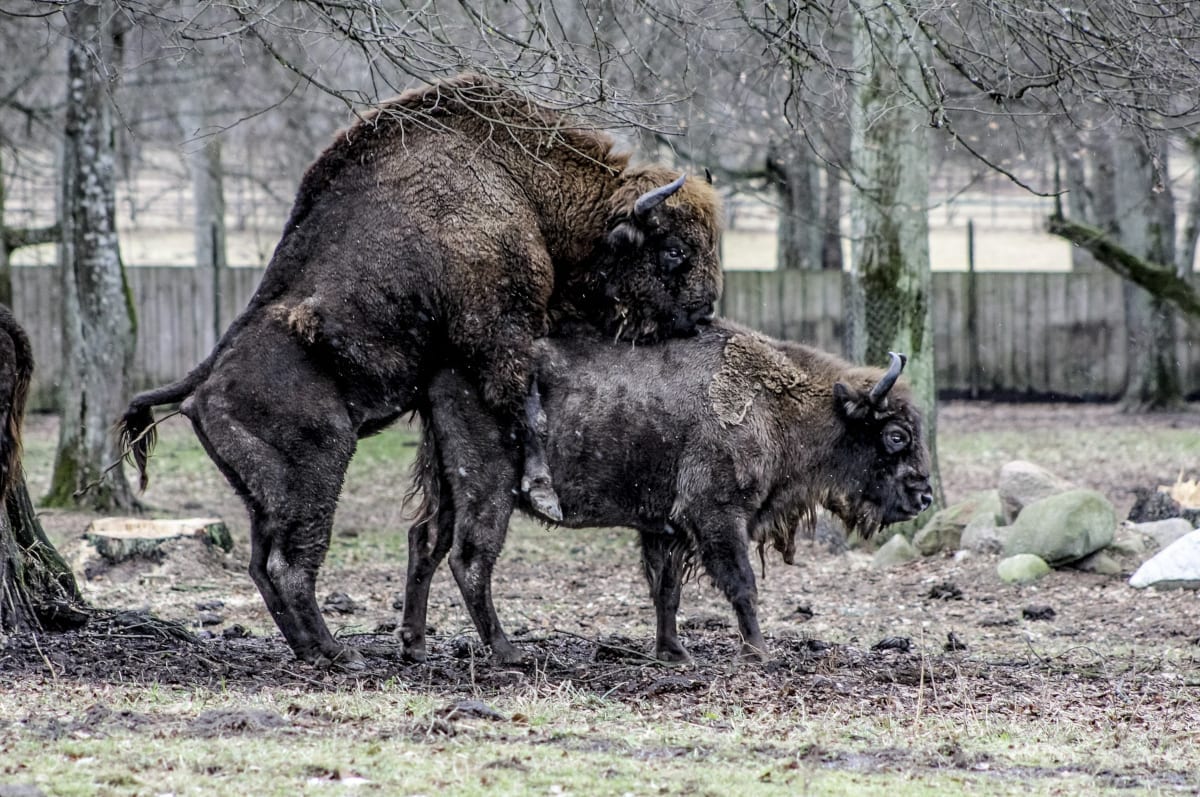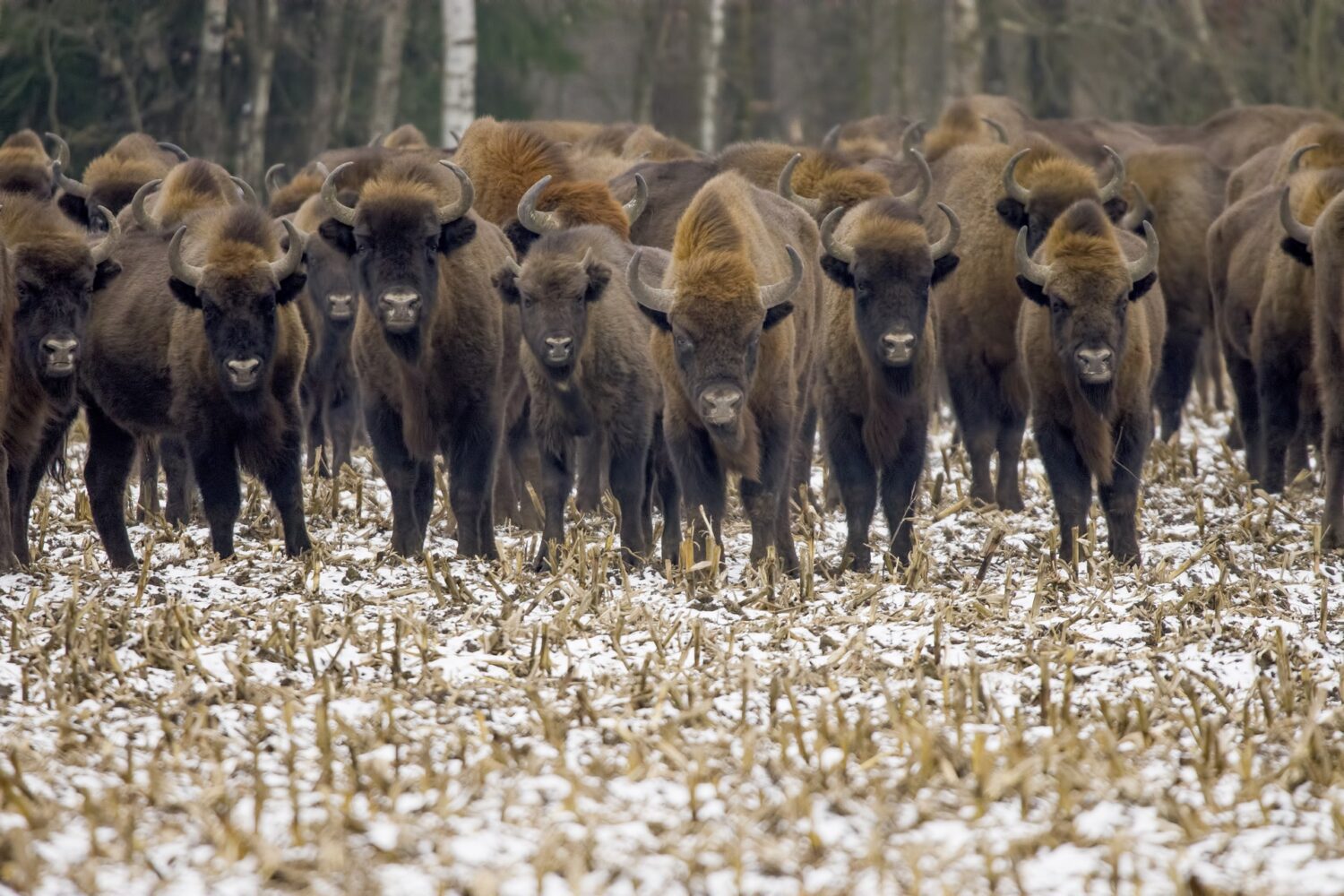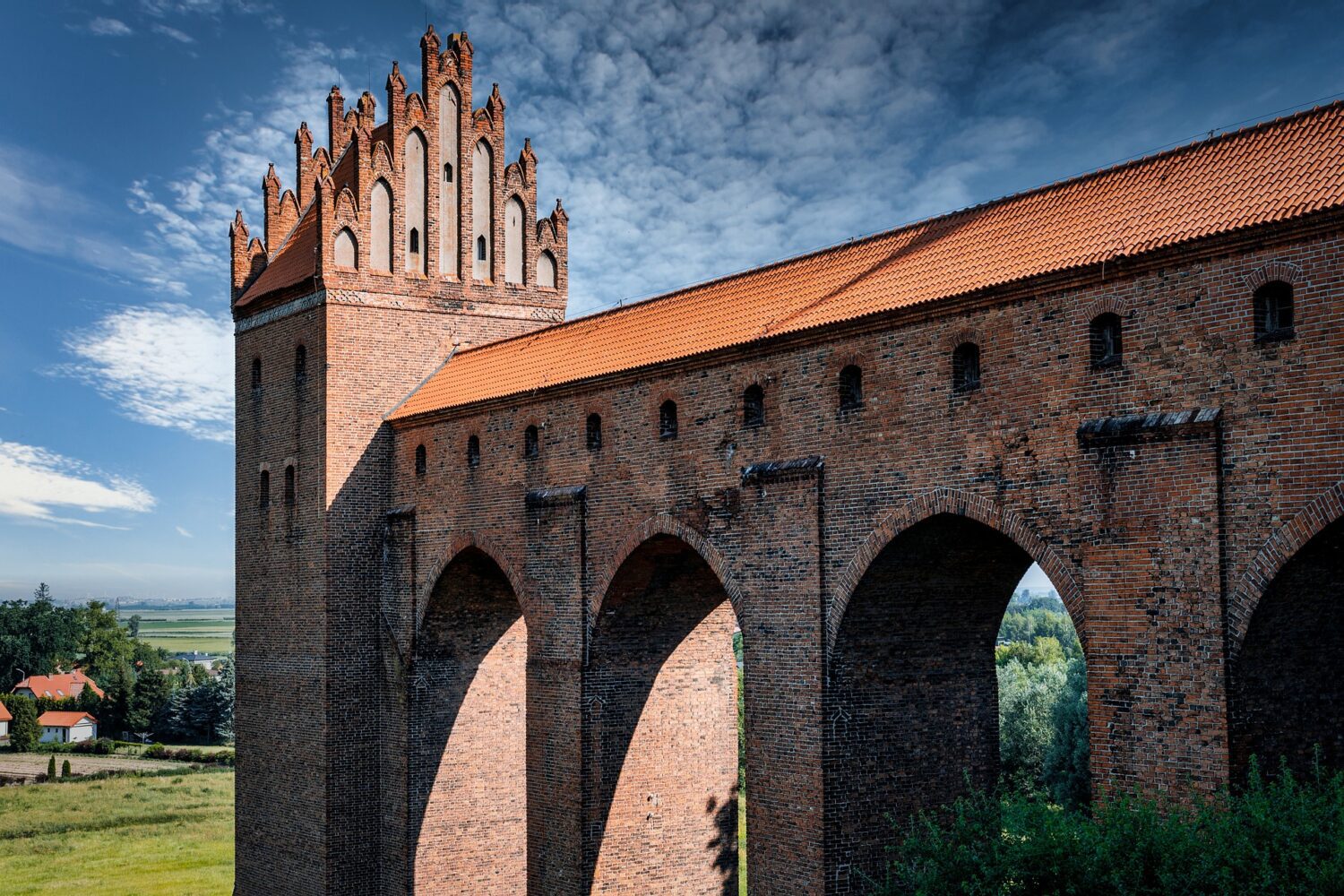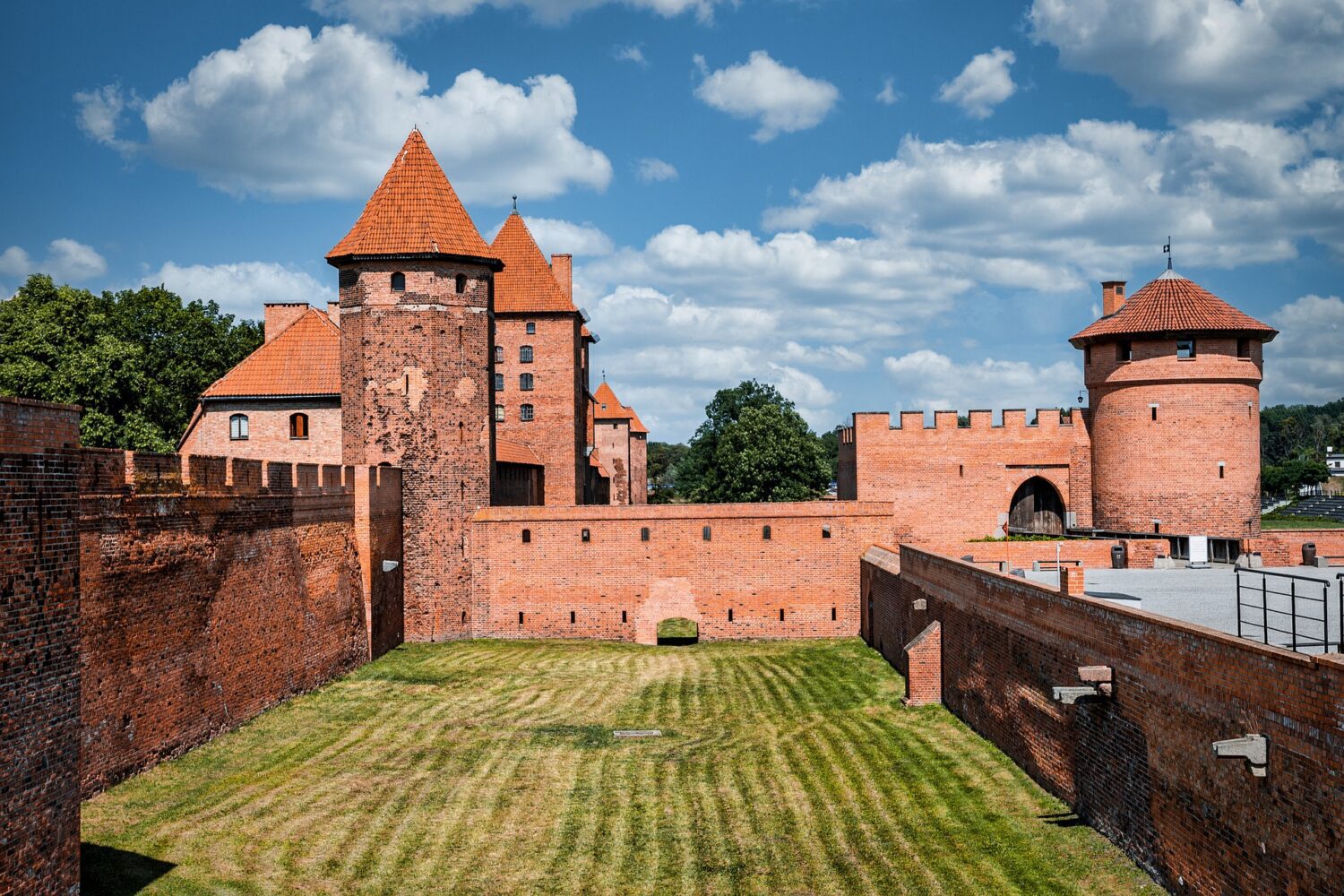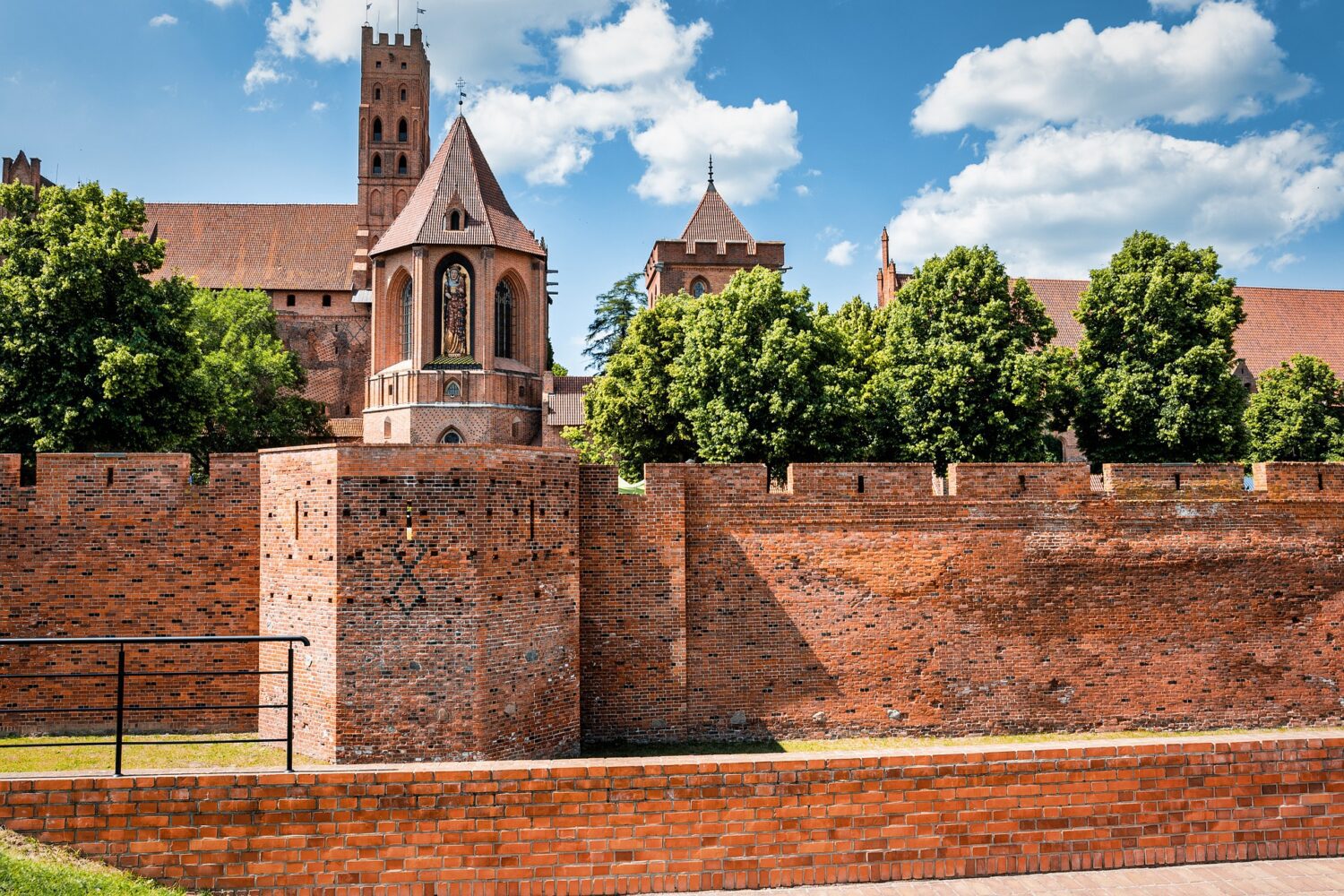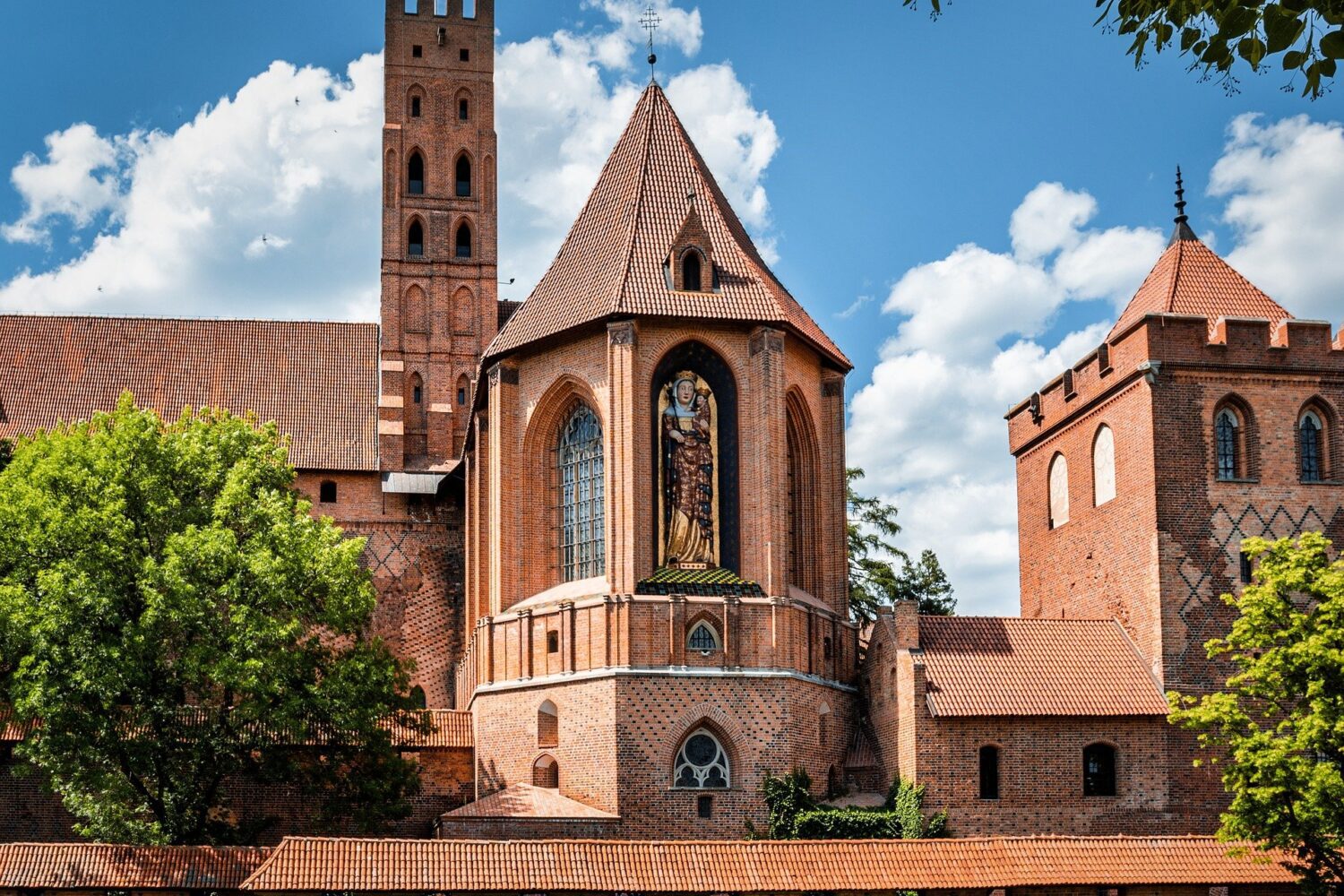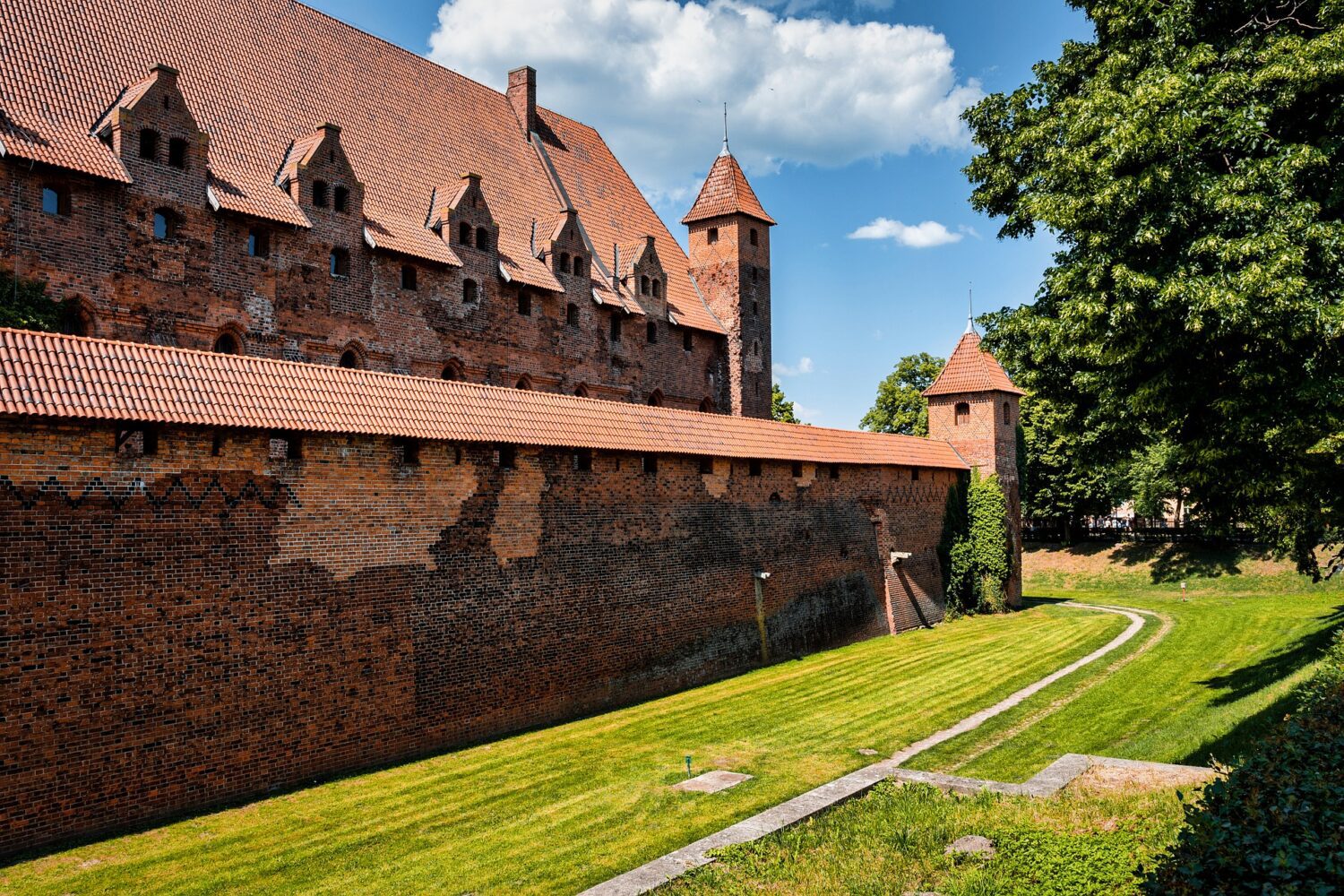Krzemionki Flint Mining Region
Krzemionki
Krzemionki – updated 13 January 2023.
The Krzemionki Flint Mining Region is a UNESCO World Heritage site located in southern Poland, near the city of Ostrowiec Świętokrzyski. The site is composed of a series of prehistoric flint mines that were in use from the Neolithic period to the Bronze Age. The flint mines at Krzemionki are considered to be some of the oldest known mines in the world.
Krzemionki is a complex of banded (striped) flint mines, which were in operation during the Neolithic and Early Bronze Ages (3,900-1,600 BC), and have been preserved in an almost intact state.
The Krzemionki Flint Mining Region is an important archaeological site and has provided valuable insights into the social and economic organization of prehistoric societies. The site also has significant historical and cultural value, as it is one of the few surviving examples of prehistoric mining in Europe.
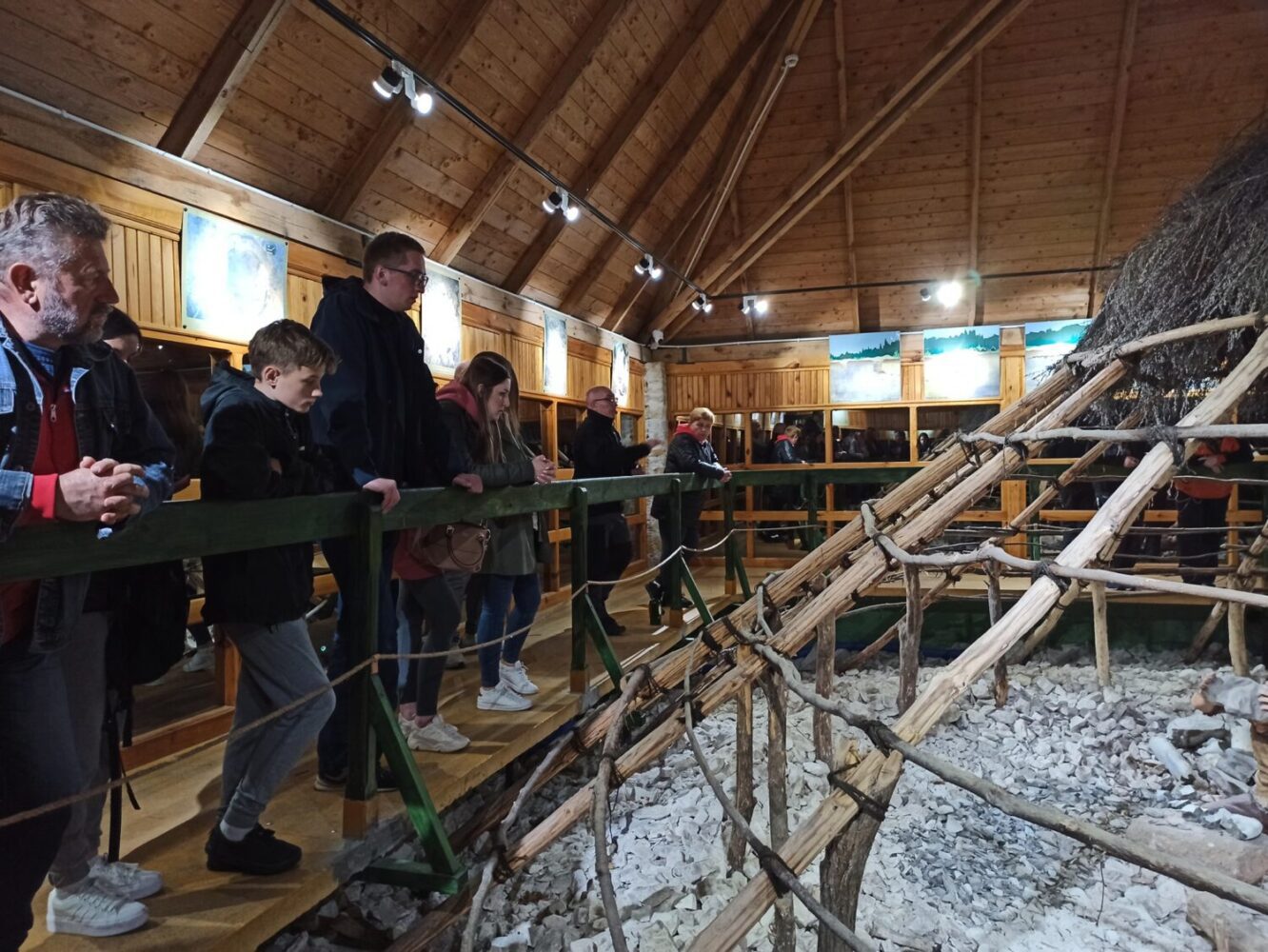
Striped flint
The Krzemionki mines are located in the mountain region of Świętokrzyskie. The mining complex is composed of over 200 underground mine shafts and galleries, as well as surface mining areas. The mines were used to extract flint, a hard and durable stone that was used to make tools and weapons. Products from the mines have been found as far away as 660km.
The flint mines at Krzemionki were unique because of the large-scale and organized nature of the mining operations, as well as the advanced mining techniques that were used.
Professor Jan Samsonowicz
The Krzemionki mines were discovered in 1922 by a Polish geologist, Professor Jan Samsonowicz. His discovery was significant, Krzemionki is one of the most comprehensive prehistoric underground flint extraction and processing systems identified to date with underground mining structures, flint workshops and around 4,000 shafts and pits.
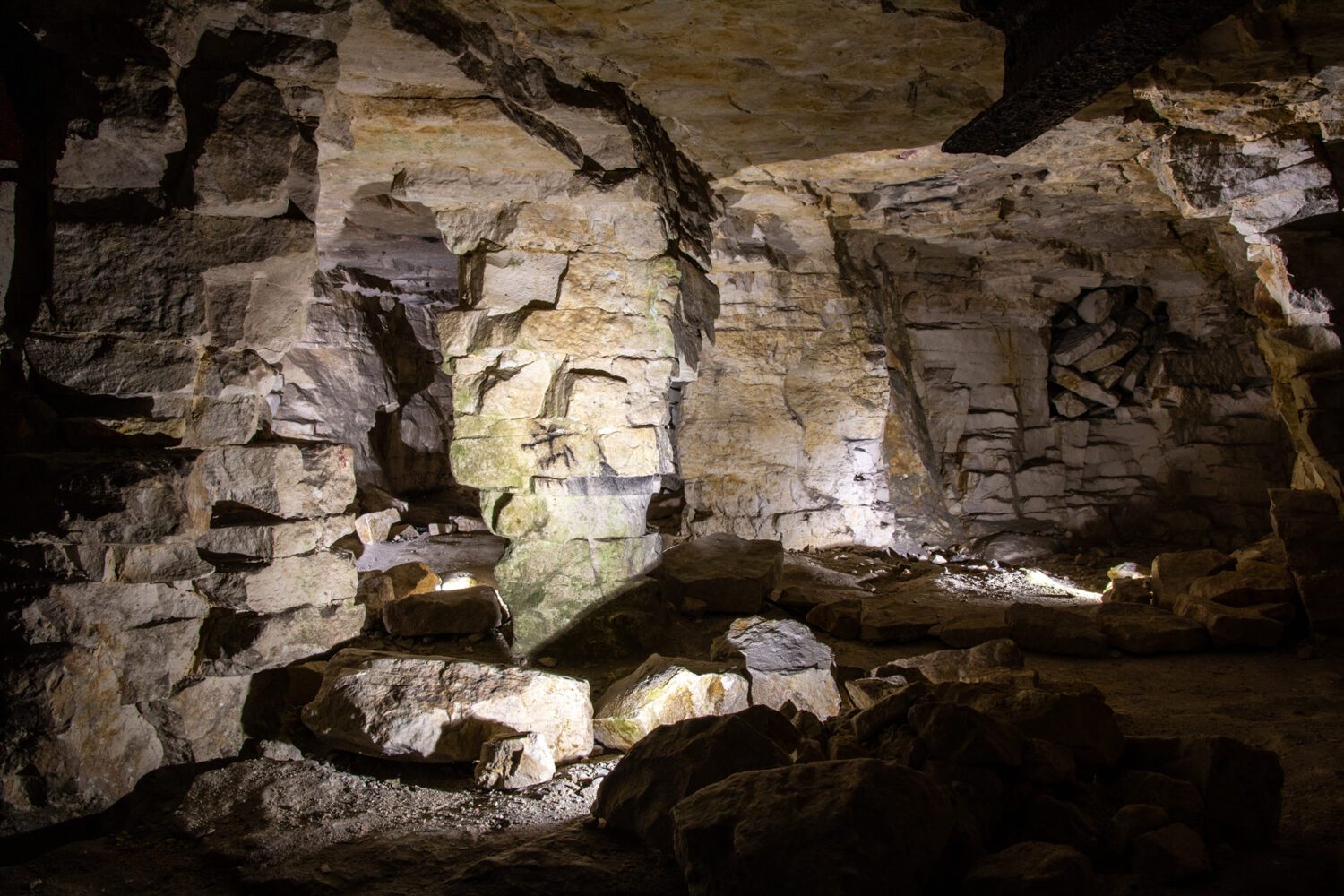
UNESCO
The site was designated as a Polish historic monument on 16th October 1994 and inscribed as a UNESCO World Heritage Site on 6th July 2019. The mines provide invaluable information about life and work in prehistoric settlements and the importance of flint mining for tool production in bygone days.

Tourist route
Small groups of tourists have visited the Krzemionki mines since the late 1950s but they were only available to large groups of visitors since 1985 when Tourist Route No. 1 was made available. A second underground route was opened in 1990 followed by an open-air archaeological museum in 1992.
Visitors to the Krzemionki Flint Mining Region can see the remains of the mines and learn about the history and archaeology of the site through guided tours, educational programs and exhibitions.
The tourist route in Krzemionki is approx. 1.5 km long and presents the original excavations of Neolithic mines, mining heaps and shaft pits that make up the unique industrial landscape from 5,000 years ago.
The underground tourist route in its present form is 465m long, descending 11.5 m at the deepest point.
Krzemionki is located 8km north-east of Ostrowiec Świętokrzyski , between the villages of Sudół and Magonie. You can get there by car (route number 754) or by bus from the centre of Ostrowiec Świętokrzyski.
FAQ
Krzemionki Flint Mining Region is an important archaeological site located in southern Poland that contains the remains of prehistoric flint mines. Here are some frequently asked questions about the Krzemionki Flint Mining Region:
Q: How old is the Krzemionki Flint Mining Region?
A: The Mining Region is believed to have been in use during the Neolithic period, which is around 6000-4000 BC.
Q: What is the significance of the Region?
A: The Flint Mining Region is an important archaeological site that provides insight into the lives and technology of prehistoric communities. The flint mines at Krzemionki were used to extract high-quality flint, which was a valuable resource for making tools and weapons. The flint mines are also considered as an ancient example of industrial scale mining and organized labor.
Q: What can be seen at Krzemionki Flint Mining Region?
A: Visitors to the Flint Mining Region can see the remains of prehistoric flint mines, including underground mining galleries and surface mining pits. There are also reconstructions of the ancient mining technology and information boards that explain the significance of the site.
Q: Is Krzemionki Flint Mining Region a UNESCO World Heritage Site?
A: Yes, Krzemionki Flint Mining Region is a UNESCO World Heritage Site, added to the list in 2017.
Q: How to get there?
A: Krzemionki Flint Mining Region is located in the city of Ostrowiec Świętokrzyski in southern Poland. It can be reached by car or by public transport. The nearest train station is in Ostrowiec Świętokrzyski, from there you can take a bus or taxi to reach the site.
Q: What is the best time to visit Krzemionki?
A: The best time to visit Krzemionki would depend on your personal preferences. The site is open year-round, but the most pleasant time to visit would be in the warmer months when the weather is more favorable. The site is also open during winter, but it may be more difficult to access the mines due to weather conditions.
